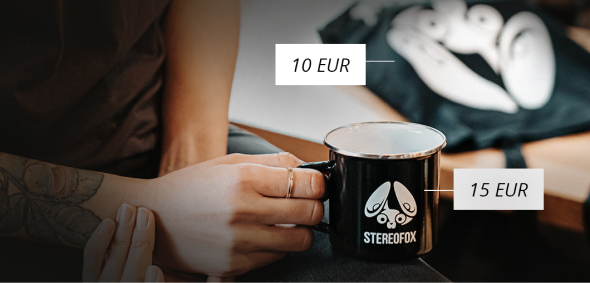In 2023, I visited a friend of mine who is generally engrossed in the world of commercial club music. Out of the blue, he excitedly whipped out Spotify and showed me what he had been listening to recently. "I've been listening to a lot of jazz house lately," he remarked. Silence filled the room. I noticed a smirk grow across his face as he awaited my congratulatory response - and that's when a realization hit me like a glitch in the matrix.
For quite some time, jazz appreciation has been tied to perceptions of elitism, pretentiousness, or, for some, the idea that it's just for the older generation - the 'uncs.' The genre of jazz house, however, introduces a different perspective and makes jazz sound "cool" and shows that it is indeed for ordinary people (this reference will make sense later). The popularity of jazz house has been deservingly gaining momentum over the past few years, with even its own dedicated Spotify editorial playlist emerging. In this article, we explore its sonic anatomy, the factors that have led to its rise, and highlight some of the major players that are at the forefront of the genre.
If this is your first time acquainted with jazz house, dive into the first few tracks of our feel good dance playlist below to get an idea of the aesthetic (available on all platforms here).
Also, we curate a jazz house-only focused playlist as well, available on all streaming platforms here.
What is Jazz House?
As the name suggests, this genre blends the rich melodic roots of jazz with the vibrant rhythms and progression of house music. Apart from the notable emphasis on jazz chords and live instrumentation, what distinguishes jazz house from other forms of electronic music is the fact that it prioritizes groove and musicality over heavy drops or breakdowns. Jazz house often overlaps with genres like deep house and even lo-fi house. In deep house, for instance, it's common to hear the musical charm of jazz infused with its smooth aura - Larry Heard stands as a great example. Meanwhile, lo-fi house shares a similar emotional pull, using nostalgic textures and grainy aesthetics that echo the soulful essence of jazz house.
Stay up to date.
New music and exclusive updates in your inbox weekly.
The Evolution of Jazz House
Picture this. It's Chicago during the late 80s, and the genre of house music has recently experienced an explosion. As the genre grows in popularity, we find more artists leaning into experimentation, and like a puzzle, filling the vision of house music with pieces of other genres. Artists began digging into older jazz records, effectively mining their harmonic richness, rhythmic complexity, and emotional depth. Naturally, this was poured into house music, blending the danceable structure of the genre with the musical sophistication of jazz.
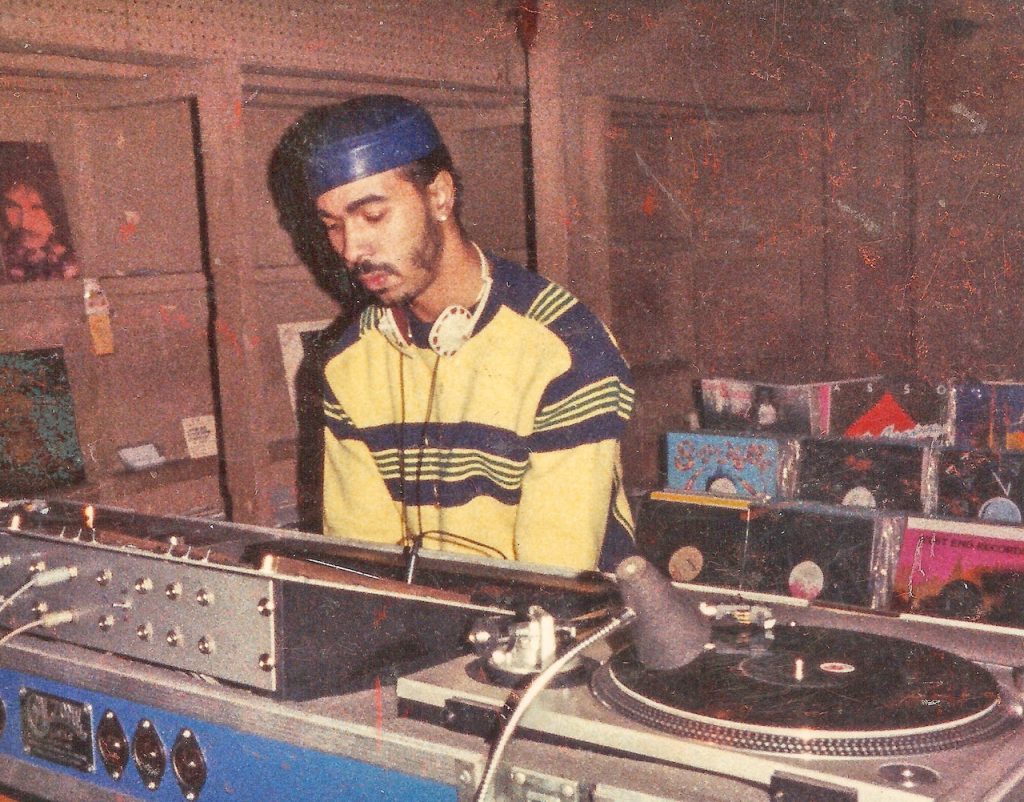
From the 90s into the era of the 2000s, jazz house found a global footing (especially in Europe) alongside its distant cousins nu-jazz and jazztronica. A great example of early front runners during this time is Jazztronik, Atjazz, and St Germain, as they embraced live jazz fusion with house grooves. St Germain's 2000 release "Pont des Arts" stands as an ideal model for what we've come to know as jazz house today. By the time we reached the new decade, acts like Chaos in the CBD, Session Victim, and Tour-Maubourg (to name a few) began carrying the torch for what's to come.
The Modern Rise of Jazz House
Over the past few years, we've found that now more than ever, jazz house is a genre that is slowly taking its position in the public eye for numerous reasons.
berlioz and Social Media
"While it might not be what you’re used to, I think it would be great if more young people started to listen to jazz or classical music in general. It’s also a great gateway into exploring more of what jazz has to offer."
While browsing Reddit, I stumbled on a quote from a thread about the recent surge of jazz house and the polarizing artist berlioz.
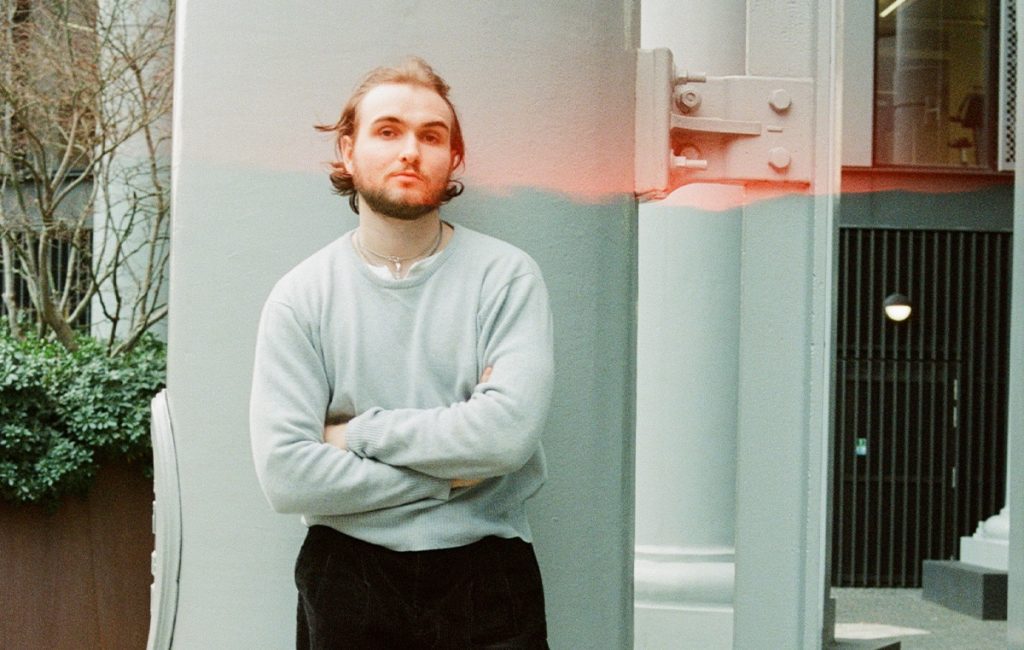
To take it back to the beginning, when my friend said he had been listening to a lot of jazz house, what he really meant was that he had been listening to a lot of berlioz. The above quote, along with my experience, perfectly captures his impact on the jazz house scene and beyond. Arguably one of the most listened to jazz acts in the UK, berlioz AKA Jasper Attlee has amassed over 250 million streams in the past year and has created a distinctive buzz around his social media platforms. The latter is thanks to the vibrant yet chic animations splattered across his social media that are paired with cheeky captions and his music. It’s a combination that’s fueled a near-cult devotion and wave after wave of viral momentum for the producer / saxophonist.
This has not only catapulted jazz house to a wider audience, but it has also kicked off a trend, particularly on TikTok, of animations adorned with the sounds of jazz (house) coupled with playful captions.
New Jazz House Artists
With its rising profile, the genre appears to attract a growing wave of creators. I've also noticed artists creating alternative monikers to branch out and explore what's possible with jazz house. The increase in artists alongside the growing support from DSPs and the social media attention results in a scene that feels constantly in motion - alive with new ideas, interpretations, and a shared desire to push the boundaries of where jazz and house can meet.
Jazz House Artists You Should Know
During the early eras of jazz house, sample culture helped drive the genre forward. However, in this current era, we're witnessing organic musicality take charge as live instrumentation, improvisation, and original compositions become central to how the genre evolves and expresses itself. Below are some of the artists who many consider are at the forefront of today's scene.
Chaos in the CBD
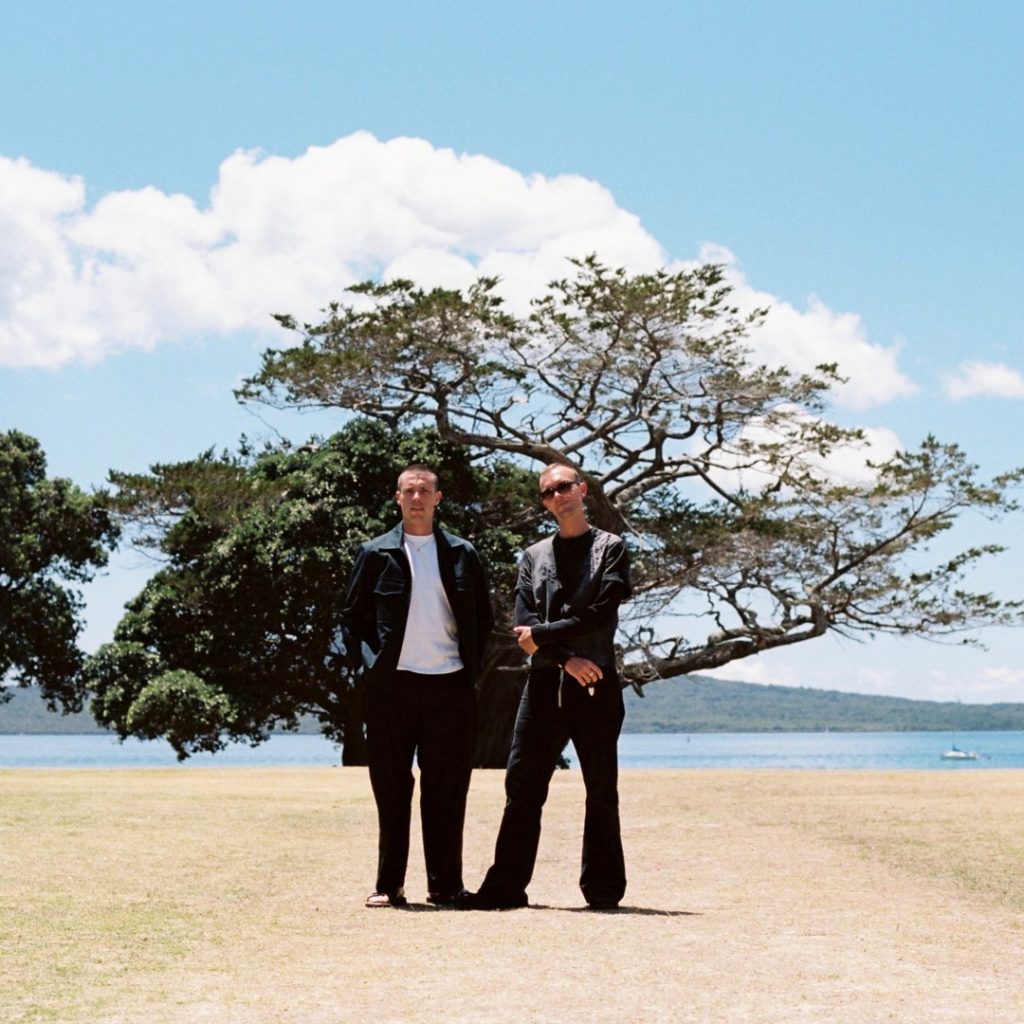
The New Zealand-born, London-based duo is made up of brothers Ben and Louis Helliker-Hales. Emerging in the early 2010s, their first few releases leaned towards techno, IDM, and a club-focused form of electronic music. Their 2015 EP Midnight in Peckham, released through the influential Rhythm Section label, saw the duo drift gracefully into the world of jazz house. And ever since then, they became known for their deep, atmospheric take on house music, often (not always) infused with jazz textures, dusty percussion, and warm, organic grooves. Their sound balances introspective depth with club-ready rhythms - perfect for both headphones and dancefloors.
Tour-Maubourg
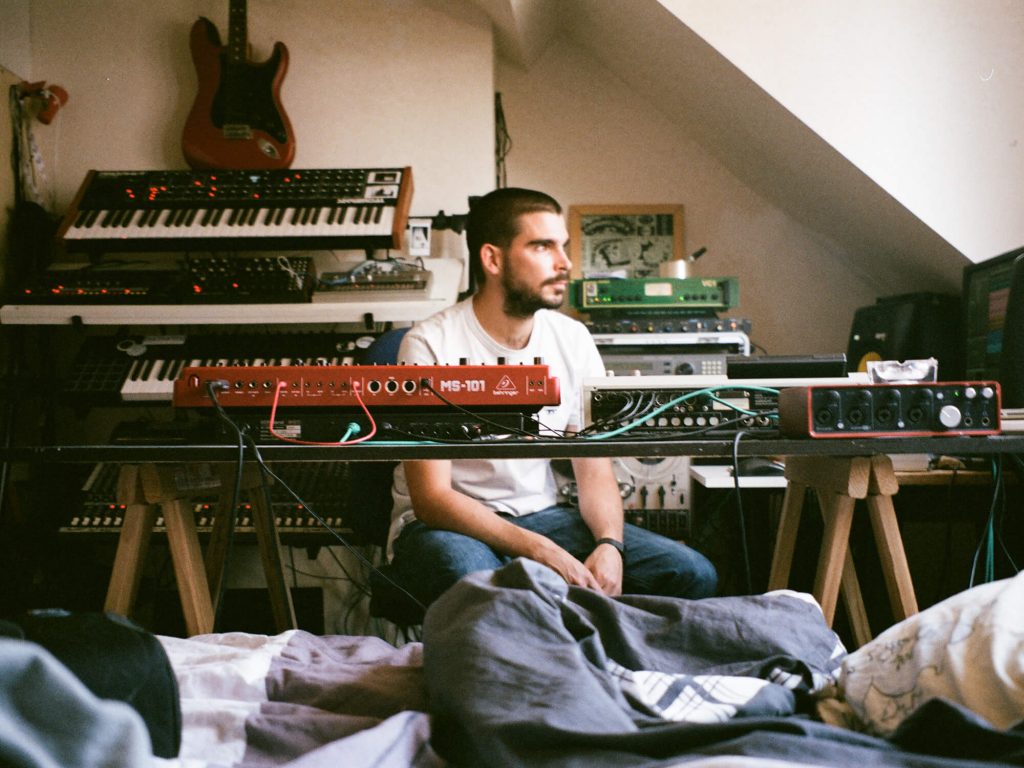
Tour-Maubourg has become quite a prominent figure in France's underground scene. The Paris-based musician has garnered a reputation for blending house, nu-jazz, and ambient textures into a signature sound that’s both introspective and groove-driven. His 2020 debut album, Paradis Artificiels, drew acclaim for its fusion of jazz influences with deep house rhythms, echoing the spirit of artists like St Germain whom we mentioned earlier, and Moodymann. Tour-Maubourg is closely associated with Pont Neuf Records, a label central to the French jazz-house renaissance.
dublon
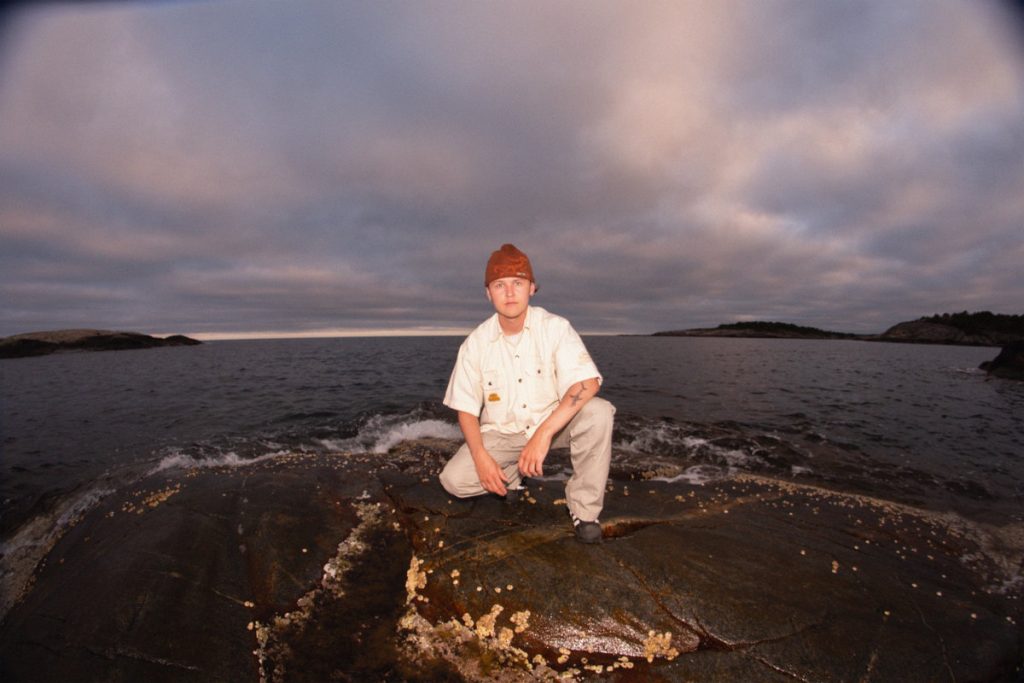
Similar to berlioz, the Norway-based dublon also experienced a rise in prominence not only through his music, but also through TikTok. What makes dublon's brand of house so distinctive is the incredibly vibrant rhythm sections paired with melodic jazz elements, creating an atmospheric and groove-driven sound.
Felipe Gordan
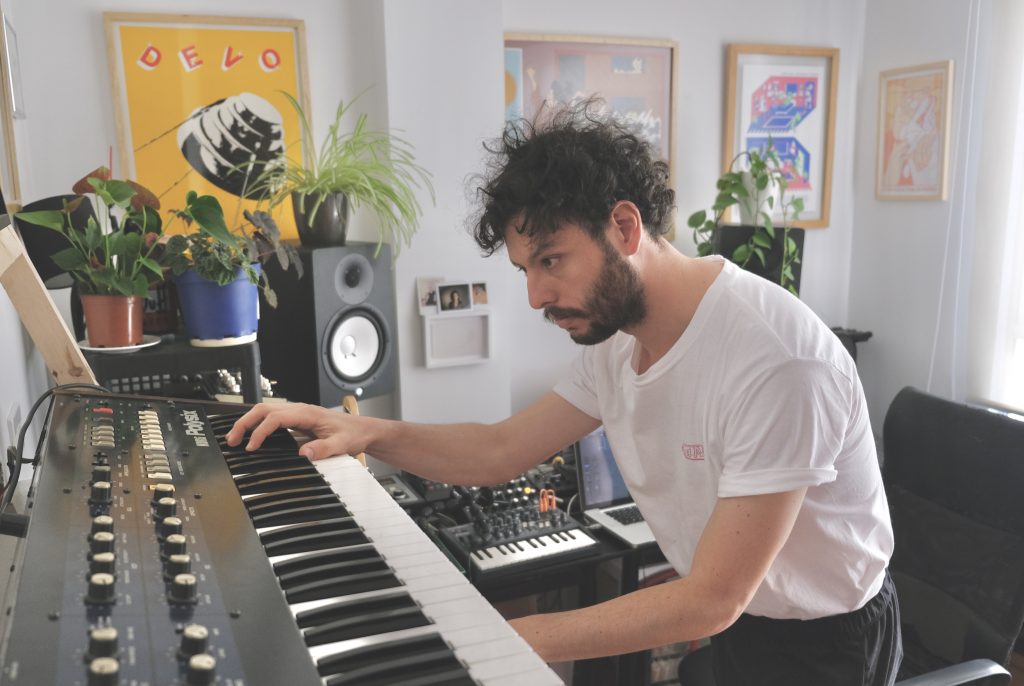
Felipe Gordon is a Colombian producer, multi-instrumentalist, DJ, and label head based in Bogotá. Renowned for his unique fusion of jazz, house, and acid motifs, he crafts tracks that blend jazz samples, flowing piano lines, and acid basslines into distinctive house records. In fact, his versatility and how he manages to blend jazz house into alternative forms of electronic music have always bewildered me, especially on tracks like "Inherently Deep" via Noire & Blanche.
Kareem Ali
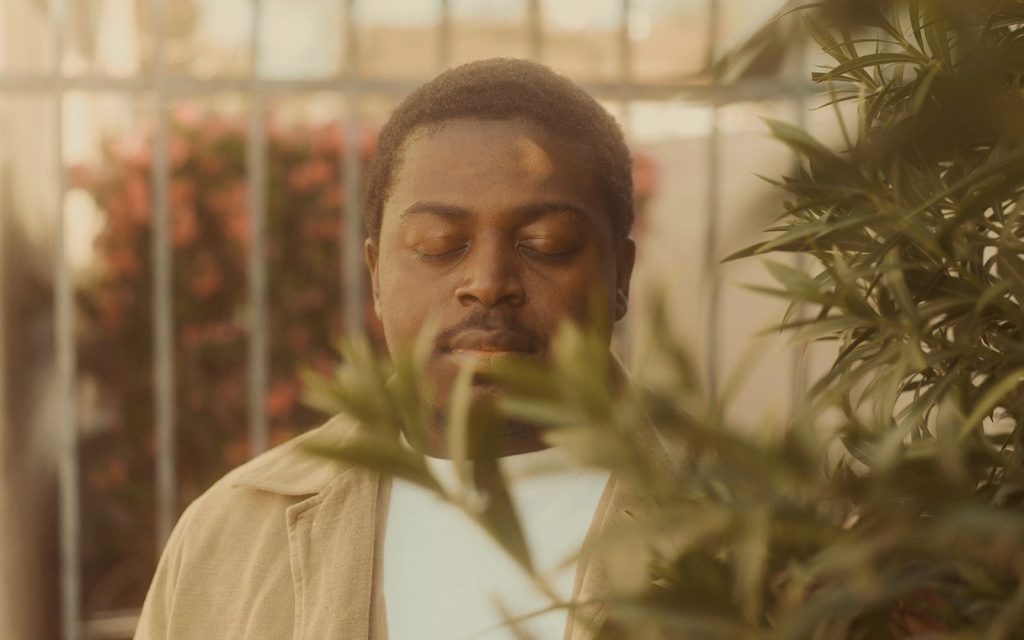
Kareem Ali's "Starshine Blues" is hands down one of the coolest tracks to surface in the world of jazz house. Originally from New York, Kareem began his musical journey as a jazz trumpeter, drawing early inspiration from legends like Miles Davis. Over time, he transitioned into electronic production, crafting a distinctive sound that blends deep house, jazz, ambient, techno, and hip-hop. Ali's music is deeply influenced by his upbringing in the Nation of Islam and his experiences growing up in Harlem and Westchester County. His work often explores themes of Black identity, community, and Afrofuturism.
There are many more who have paved the way for the genre to flourish through the late 2010s, and I'd love to add names like Session Victim, Hidden Spheres, Cody Currie, Loure, and Emma-Jean Thackray as honourable mentions.
